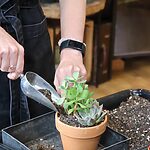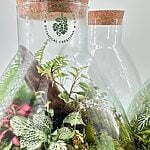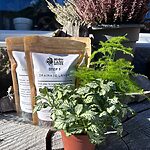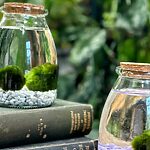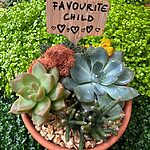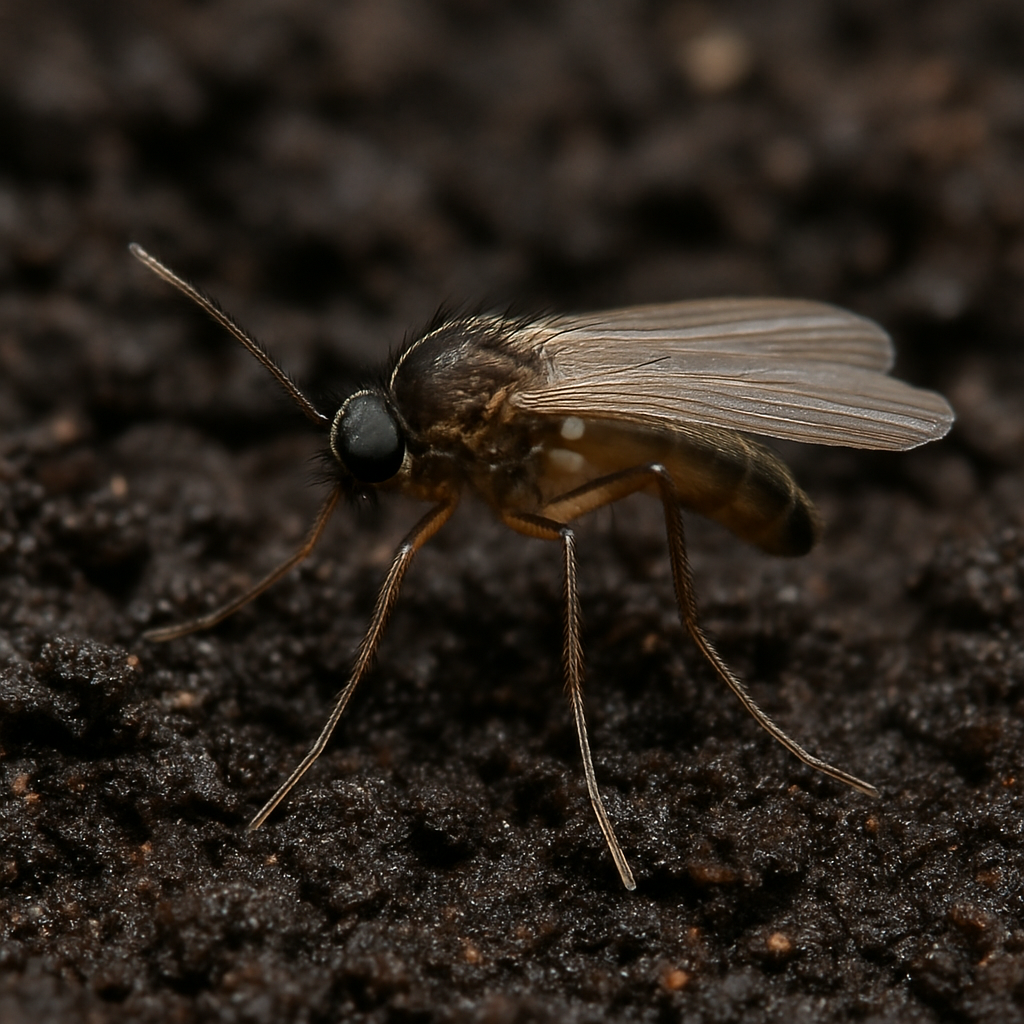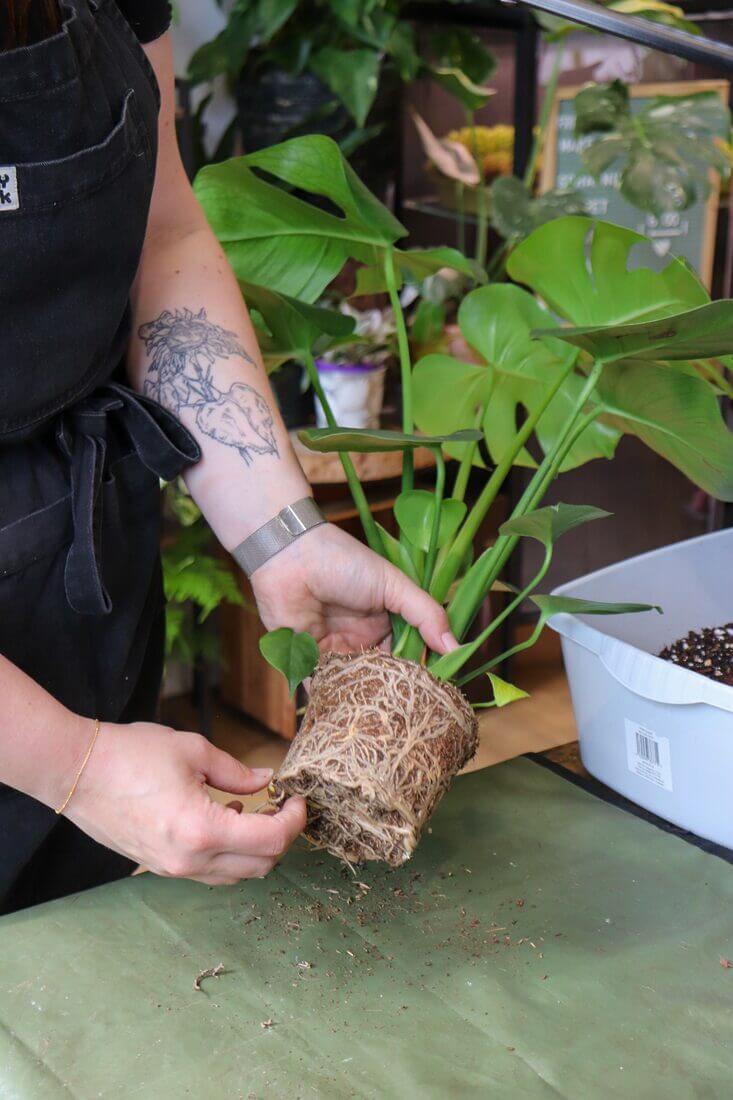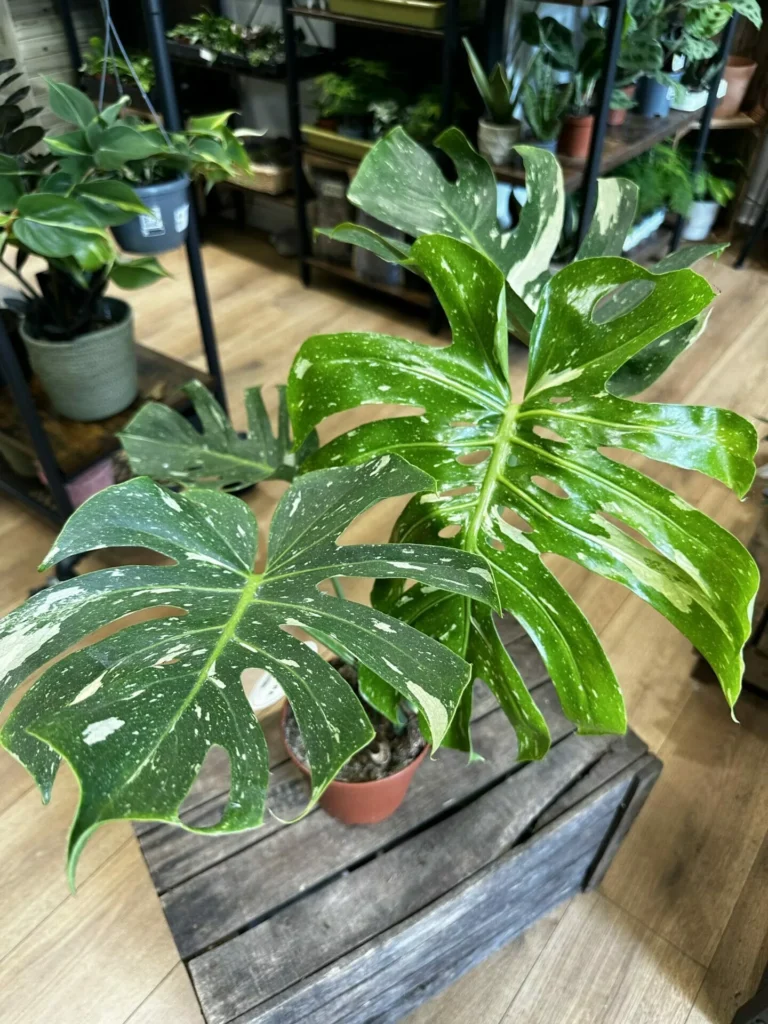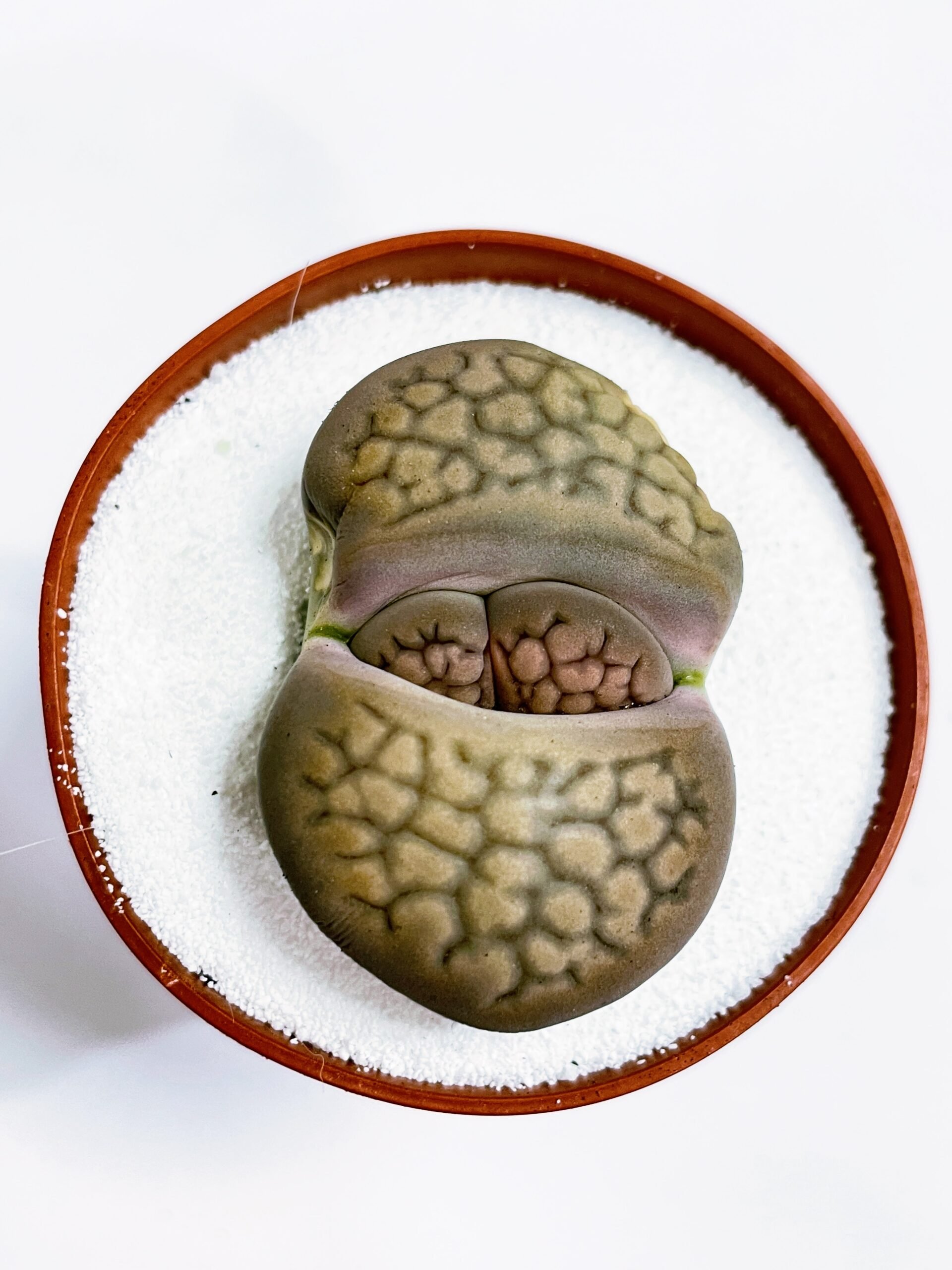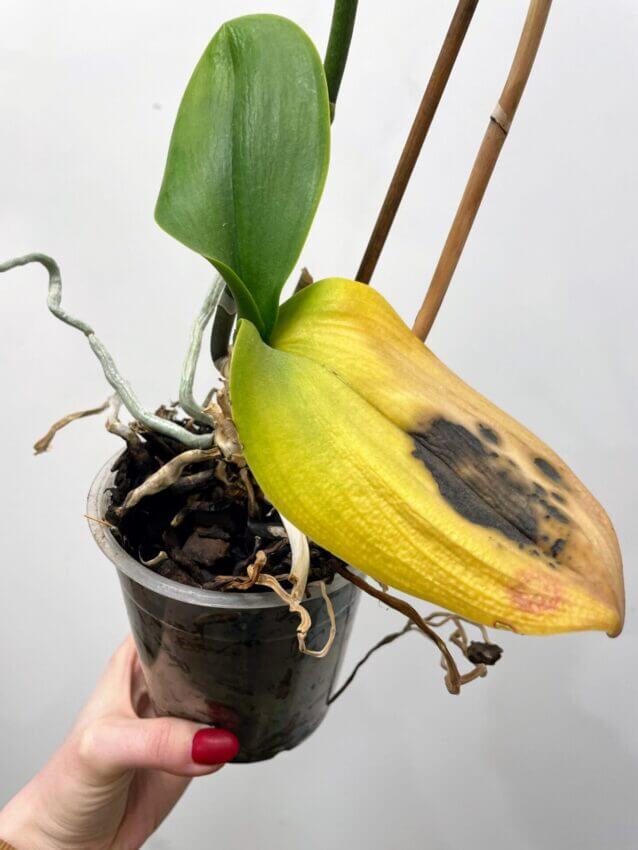Hydrogen peroxide is a chemical compound with the formula H2O2. It is a pale blue liquid that appears colourless in a dilute solution. It is a powerful oxidizer and can be used as a disinfectant, bleaching agent, and oxidizing agent. The most common solution in households is Hydrogen Peroxide 3% which has many applications in our every day from treating minor cuts to disinfecting your washing machine.
In terms of using hydrogen peroxide for houseplants, it can be used not only to prevent and treat pests, but as well as improve the overall health of the plants. Here are a few ways hydrogen peroxide can be used for houseplants.
Pest Prevention & Treatment
Pest prevention:
Mixing a small amount of hydrogen peroxide 3% with water and spraying the solution on the leaves of your plants can help prevent pest infestations. We recommend 1 spoon (15ml) add to 1 litre of room temperature water.
Pest treatment:
If your plants are already infested with pests, you can use a stronger hydrogen peroxide solution to kill the pests and prevent further infestation. You can also fill in a bucket with water and hydrogen peroxide solution and soak the whole plant with leaves and soil for a few seconds, then let it dry in a warm and bright spot with good air circulation. Do not use this trick on plants with fuzzy leaves for example Gynura as water can get trapped between tiny hairs and cause rot.
Plants Fertilizer
Although hydrogen peroxide is not a plant fertilizer adding it to water during watering can help to oxygenate the soil, improve root growth and help to control certain types of bacteria and fungi. Extra oxygen molecules of Hydrogen peroxide enable roots to absorb more nutrients from the soil which results in healthier and fast-growing plants. Use one tablespoon (15ml) of hydrogen peroxide and mix with 1 litre of room temperature water. Hydrogen Peroxide breaks down over time so it is better to use smaller amounts regularly than apply lots at once.

For plants with root rot or fungal infections, start with 1 tablespoon (15 ml) per cup (250 ml) of room-temperature water. You can increase the amount of hydrogen peroxide if necessary for heavily infected plants. The solution can be pre-made and stored for months, to keep it in a cold and dark spot, away from direct sunlight as exposure to light diminishes the potency of the solution.
Fungus Gnat Treatment
Hydrogen peroxide can be effective in controlling fungus gnats on houseplants. Fungus gnats are small, black flies often found near houseplants’ soil. This pest lays eggs in the top 2-3cm of moist soil. They feed on the fungi and organic matter in the soil, and their presence can be a sign of over-watering or poor drainage.
To control fungus gnats using hydrogen peroxide, mix a solution of 3% hydrogen peroxide with water and use it to water your plants. You can start with a smaller amount of 15ml hydrogen peroxide mixed with 500ml water. Observe your plant and if will not see any negative side effects you can even try a 1:1 solution. The hydrogen peroxide will help kill the fungus gnats and their larvae, and it will also help to improve the overall health of your plants by increasing the oxygen levels in the soil.
In the case of heavy fungus gnat infestation combine different treatment methods including using carnivorous plants.
Shiny Leave In Natural Way

Conclusion
Hydrogen peroxide is natural, affordable and available in most households solutions for many plant issues. Can help with pest prevention, and treatment as well as the overall health of the plant.
Don’t forget to check our other articles which will help you to keep your plants happy and lush and join our friendly plants’ community on Instagram and Facebook.
If you have an unhappy plant and need an advise visit our Plants Hospital, fill in the ”patient” form and we will get back to you with all information on what is wrong with your plant and how to fix it. The plant hospital service is free of change and we already helped 100s plants!



